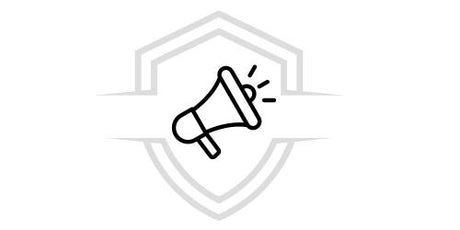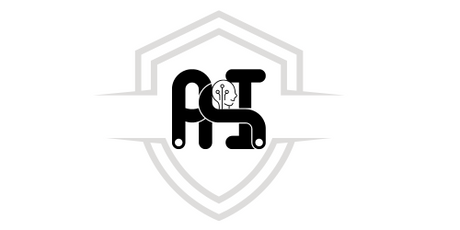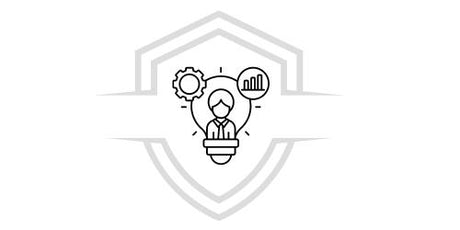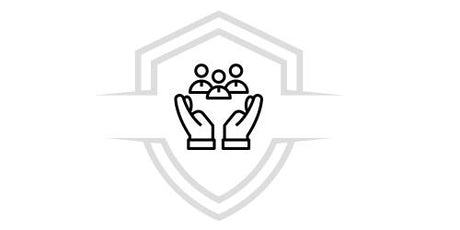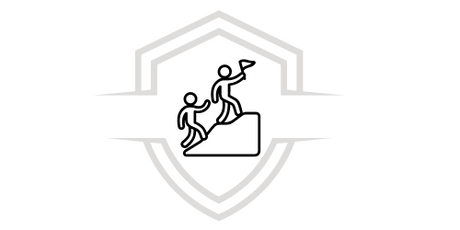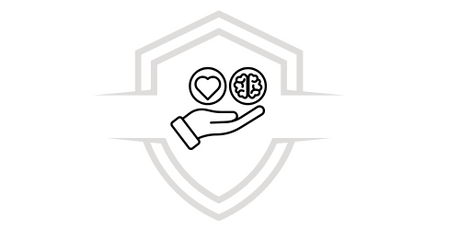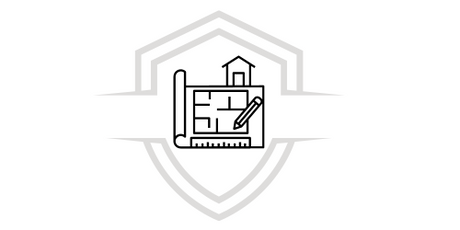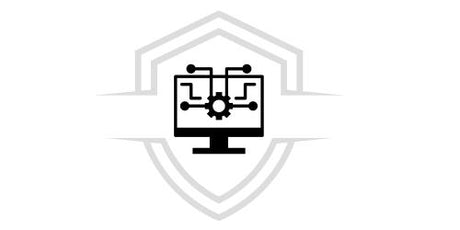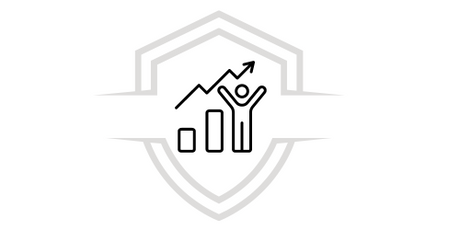Creating accessible and inclusive learning content
Accessibility for all
Accessibility enables people with disabilities to access and benefit from the same information, interactions and services in appropriate, productive and useful ways as people without disabilities. In short, it is an inclusive approach that ensures that learning is seamless for as many people as possible.
Some people believe that accessibility is primarily intended to help people with physical disabilities, such as those with vision or hearing problems. However, accessibility also helps people with temporary disabilities, which can include loss of vision or hearing due to illness, injury, or surgery. The disability can also be the result of a situation, such as not being able to clearly hear what is being said in class because of noise in a cafe or on a train.
While all of these aspects are important, the reality is that accessibility improves the learning experience for everyone. However, this is an aspect that is often overlooked because it is seen as a costly and complicated process. Planning for accessibility in advance is much more effective than adjusting content later.
Making your content available to everyone is not only fair, it also helps expand your reach so more students can take your courses.
Accessible content is a legal requirement for federally funded contracts, so your courses can be tailored to meet the needs of higher education institutions or government agencies.
Inclusion
For us, inclusion means feeling accepted, valued, respected and supported. It is a process of creating psychological safety and fostering a culture that values and utilizes each individual’s unique perspectives, skills and talents.
We are proud to have students with different identities, cultures, and backgrounds from all over the world. It is important to us that the content we offer is respectful and positive towards all of them. For this reason, we strive to represent all of our users, especially demographic groups that are often underrepresented.
Recommendations
At G-Talent , we strive to improve the lives of people with all disabilities through learning and represent diverse identities and cultures in the services we provide. Our commitment also includes providing mentoring and best practices to teachers to help them succeed and engage new learners through accessible and inclusive content.
Whether you're creating a new course or updating existing content, our tips will help you address four key areas:
Video content
-
Availability of course files and materials.
All inclusive
Additional resources on accessibility and inclusion
Join our team today
G-Talent Teaching Center
accessible and inclusive ... inclusive accessible and inclusive accessible and inclusive accessible and inclusive accessible and inclusive accessible and inclusive accessible and inclusive accessible and inclusive accessible and inclusive accessible and inclusive accessible and inclusive accessible and inclusive accessible and inclusive accessible and inclusive accessible and inclusive accessible and inclusive accessible and inclusive accessible and inclusive accessible and inclusive accessible and inclusive



